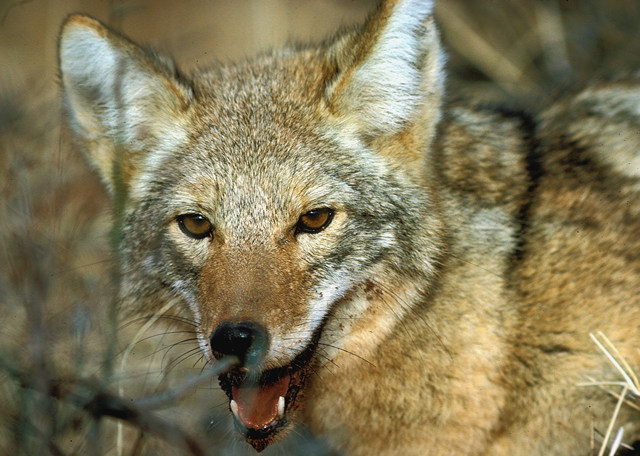Feral cats carry a parasite disease that can impact white-tailed deer. Most people do not fear feral cats, although we all know they are a tad bit sketchy in the health department, but this may have hunters thinking twice about those cats roaming around on their hunting properties. A study by researchers at Ohio State University found that feral cats may be responsible for the presence of a dangerous parasite in deer called Toxoplasma gondii.
According to the study, the number of deer infected with the parasite coincided with the number of wild cats in their area. Researchers collected samples from over 400 whitetail deer in the Cleveland, Ohio area and found that almost 60 percent of the animals showed signs of infection. Comparatively, 200 wild cats in the region were tested for the parasite and over 65 percent of the felines were afflicted with the parasite. Coincidence? I think not.
“This study documents the widespread infection of deer populations in northeastern Ohio, most likely resulting from feral cats, and highlights the need for consumers of venison to make absolutely certain that any deer meat planned for consumption is thoroughly and properly cooked,” lead author Gregory Ballash told The Billings Gazette.
Hunters are especially warned to take care in cleaning and cooking deer meat, as the parasite is transmissible to humans. Toxoplasmosis is the leading cause of death attributed to foodborne illness in the US. According to the Center for Disease Control, more than 60 million people in the United States (about 1 in 5) carry the disease. The Toxoplasma parasite can be suppressed by a strong immune system, but effects may include flu-like symptoms, muscle aches, and in more serious cases, the parasite can even cause eye and brain damage as well as memory loss.
Some animal rights activists contested the study’s findings and argue that other carriers may be responsible for the spread of the disease. Yet the American Bird Conservancy (ABC), an advocacy group for wild birds, is promoting the study as further evidence of the damage caused to wildlife by feral cats. ABC previously stated that “outdoor” cats kill millions of birds every year, as well as many other species.
The greatest number of disease-infected deer documented by the study were urban deer, who tested positive for the parasite at a rate of nearly three times higher than rural animals. This is likely because of the greater quantity of stray cats in urban neighborhoods. Overall, researchers estimate that about 44 percent of Ohio deer are infected with the parasite.
